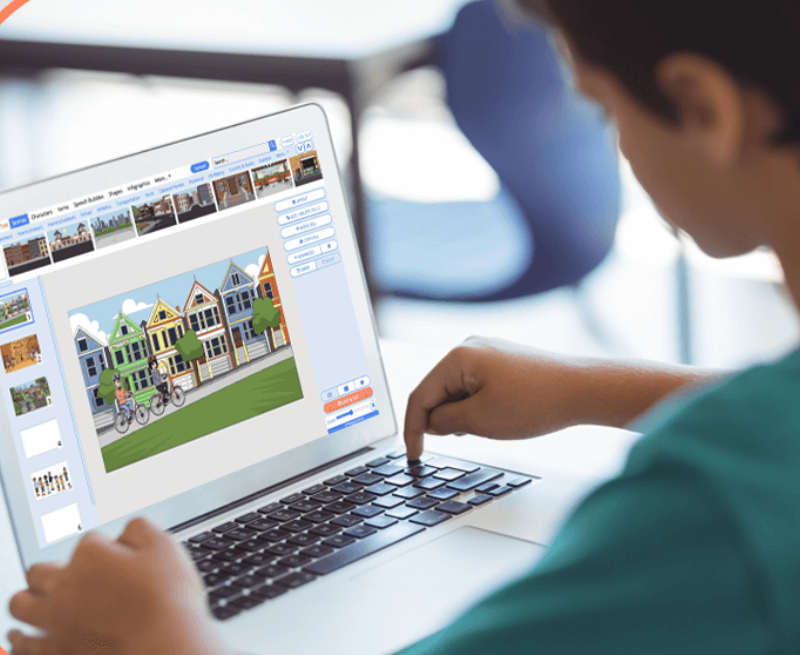

Storyboards are a powerful tool for educators looking to engage their students in the classroom. They are an excellent way to help students organize their thoughts and ideas visually while also providing a framework for storytelling and creativity. In this article, we’ll explore 10 creative ways to use storyboards in the classroom that can be used in different subject areas and grade levels.
One of the most straightforward ways to use storyboarding software from Storyboard That in the classroom is to have students summarize a story they have read. This is a great way to check for understanding while reinforcing key concepts and themes. Students can use the storyboard to summarize the plot, identify key characters, and highlight important events.


Storyboarding is a common practice in the film and video industry, but it can also be used in the classroom to help students analyze and deconstruct a film or video. Students may use the software to identify key scenes, characters, and themes and then use that information to analyze the film or video further.
Storyboards are an excellent tool for planning and organizing scientific experiments. Pupils can outline the steps of the experiment, identify key variables, and make predictions about the results. This is a great way to encourage scientific thinking and inquiry while also providing a visual representation of the experiment.
Storyboards can be used to help learners create a historical narrative based on a specific time period or event. They can outline key events, identify important historical figures, and highlight the impact of the event on society. It will help them understand the significance of historical events and the people who shaped them.
Storyboards can also be used to help school children develop a character profile. They might identify key traits and features of the character and then use that information to create a visual representation of the character. It will encourage creativity and imagination while also reinforcing key literacy skills.
Storyboards can be a planning tool for creative writing pieces. Learners can outline the plot, develop characters, and identify key themes and motifs. This will help them organize their thoughts and ideas before beginning the writing process.
Storyboards are also effective in helping students create a visual argument. It can help outline their arguments, identify key points, and provide visual evidence to support their claims. This is a great way to encourage critical thinking and persuasive writing skills.
This is also an excellent tool for planning and organizing multimedia presentations. Students can use the storyboard to identify key points, select appropriate images and video clips, and plan the flow of the presentation. This is a possibility to encourage creativity and collaboration while also reinforcing key digital literacy skills.
Storyboards can also be used to plan virtual field trips. Learners can identify key locations and landmarks, plan the route of the trip, and select appropriate images and video clips. It will provide a virtual learning experience that can enhance classroom learning.
Finally, storyboards can be used to help students create graphic novels. They can use pencils, pens, or markers to draw the panels of their graphic novel, as well as take advantage of digital tools.
What Are the Benefits of Using Storyboards?
Firstly, storyboards can help students develop critical thinking skills. By creating a storyboard, learners are forced to think about the structure of the story, the sequence of events, and the characters’ development. This process encourages them to analyze the story and identify key elements, which can help them develop their critical thinking skills. Additionally, storyboards allow students to express their ideas in a visual format.
Secondly, storyboards can help teachers save time and increase their efficiency. With this tool, teachers will easily plan and organize lessons, ensuring that they cover all of the essential information in a logical and clear manner. They can also be used to create a shared understanding of a concept or topic among students, which will lead to more effective discussions and collaboration.
In conclusion, teachers should pay attention to the use of storyboards because they are an effective tool for promoting critical thinking, improving creativity, and enhancing classroom efficiency. Teachers can help students develop important skills and achieve better learning outcomes by incorporating them into lessons.